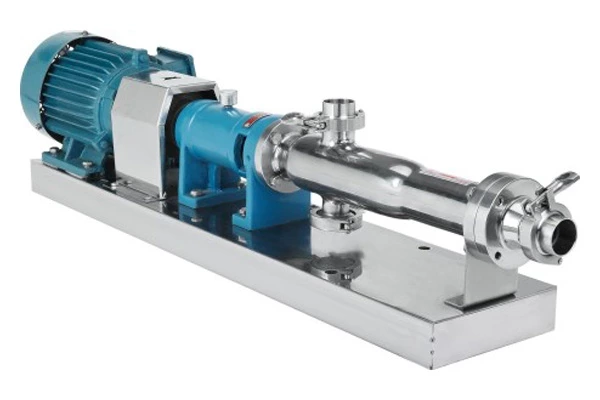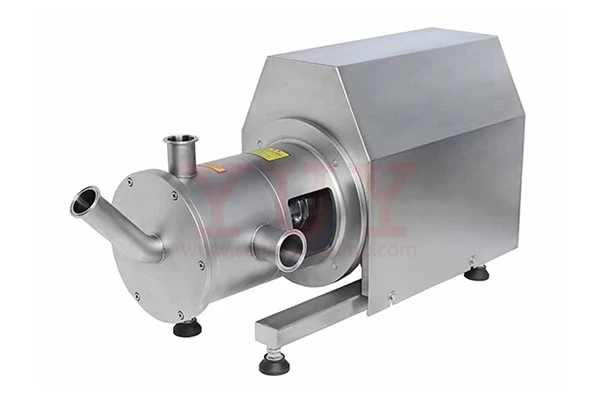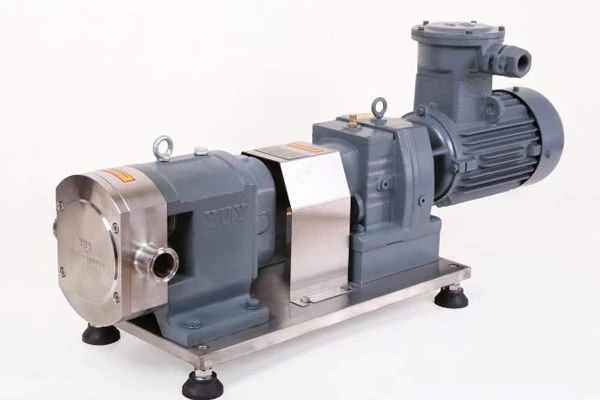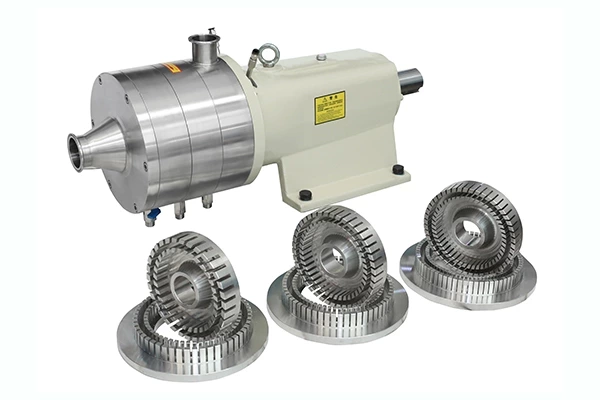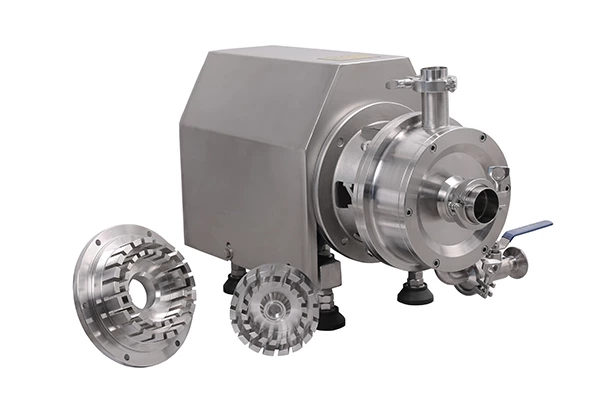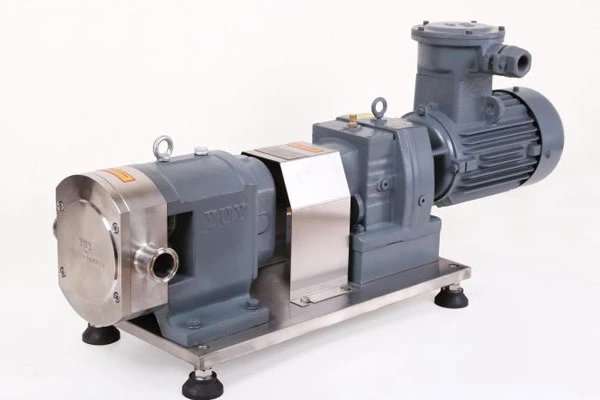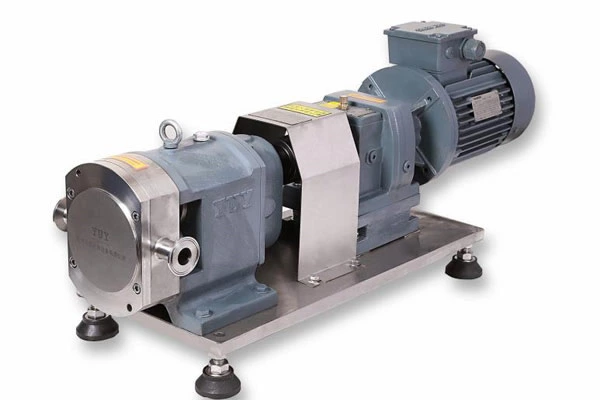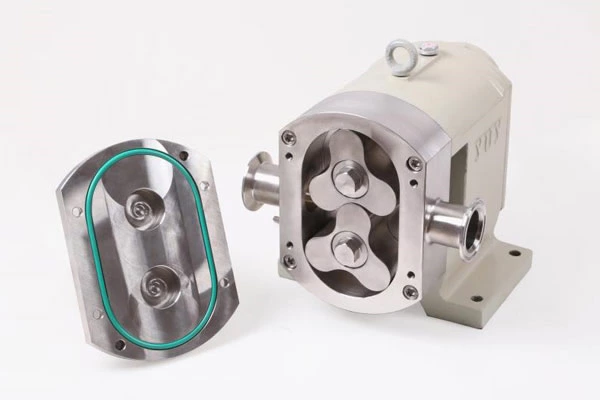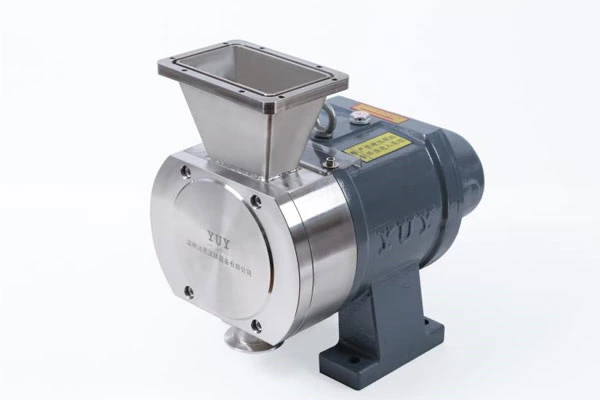Common Faults And Solutions Of Submersible Centrifugal Pumps In Sewage Treatment Plants
With the rapid development of urbanization in my country, the number of urban population in my country has also increased sharply. According to the latest statistical results of the 2015 Urban and Rural Construction Statistical Yearbook of the Ministry of Housing and Urban-Rural Development, the number of urban population in my country reached 394 million in 2015. The sharp increase in urban population has also accelerated the growth of urban sewage discharge in my country. In 2015, the urban sewage discharge in my country was 9.265 billion m3. The sharp increase in urban sewage has promoted the construction and operation of urban sewage treatment facilities in my country. As of 2015, the number of sewage treatment plants in cities above the county level in my country reached 1,599, the annual total sewage treatment volume reached 7.894 billion m3, and the sewage treatment rate reached 85.22%.
In urban sewage treatment plants, the water inlet lift pump is a very important sewage lifting equipment. Single Screw Pump According to the environment in which it works, it is divided into dry lift pump and wet lift pump.
In the dry installation of the lifting pump, the centrifugal pump and the sewage are in two independent spaces. Only the water inlet pipeline is connected to the sewage collection well. There is only a water pump in the water inlet pump room, no sewage, so it is convenient to inspect and repair the water pump. However, this installation method occupies a large area and requires a separate pump room. The civil engineering cost is high. At the same time, since the motor is underground, ventilation and cooling measures need to be considered, which increases the operating cost accordingly. In the wet installation of the lifting pump, since the entire water inlet pump is immersed in sewage, this water pump is also called a submersible centrifugal pump. This water pump does not need to set up a water inlet pipeline. The sewage directly enters the bottom center of the pump. There is no need to build a separate pump room, nor do you need to consider ventilation and cooling measures. It is selected by more and more sewage treatment managers and design institutes.
1 Introduction to the water inlet lift pump
The water inlet pump of the sewage treatment plant adopts a wet lift pump, which is a vertical submersible centrifugal sewage pump. It is designed according to the scale of 5×104m3/d. A total of 3 centrifugal pumps are designed, with a single flow rate of Q=1400m3/h, a head of H=14m, and a power of P=75kW. It is installed by automatic coupling.
2. Common faults and solutions of submersible centrifugal pumps
In a normally operating sewage treatment system, water inlet and water outlet are continuous, and the water inlet lift pump will be in normal operation 24 hours a day. Since the submersible centrifugal pump runs in sewage for a long time, its failure rate is relatively high compared with other equipment in the sewage treatment plant.
2.1 Common operating failures of submersible centrifugal pumps
Common operating failures of submersible centrifugal pumps during actual operation include the following: (1) The centrifugal pump cannot start or is difficult to start; (2) The starting current of the centrifugal pump is too low (such as less than 100A), or no water is discharged after starting; (3) The centrifugal pump runs, but is unstable and the noise is too loud; (4) The water flow is insufficient or the discharge is suddenly interrupted during operation; (5) Water hammer occurs.
2.2 Analysis of the causes of corresponding failures of submersible centrifugal pumps
For the common failures of the above submersible centrifugal pumps during actual operation, the causes are analyzed as follows:
(1) The prime mover or power supply is abnormal; the impeller of the pump is stuck; the packing is pressed too tightly; the discharge valve is not closed; the balance pipe is blocked.
(2) The pump is not fully filled or the gas in the pump is not completely discharged; the pump is in the wrong direction; the filter is blocked, the bottom valve is not working; the suction height is too high or there is a vacuum in the suction tank.
(3) The water inlet or filter is blocked; the gate valve on the outlet pipe is not open; there is air in the system or the pressure is too high; the pump is in the wrong direction; the concentration of gas in the liquid transported by the pump exceeds the allowable value; the water level drops too much when the pump is running; mechanical stress is generated after the pump is installed.
(4) The operating conditions deviate from the design conditions of the pump; the balance is not smooth; the balance plate is not balanced; the material of the plate seat does not meet the requirements.
(5) Sudden power failure, negative pressure in the system, bubbles dissolved in the liquid escape, causing gas to exist in the pump; the high-pressure liquid column quickly flows back due to the sudden power failure and impacts the valve plate of the pump outlet check valve; the valve of the outlet pipe closes too quickly.
2.3 Solutions to the operation failure of submersible centrifugal pumps
For the common failures of the above-mentioned submersible centrifugal pumps in actual operation, the corresponding solutions are as follows:
(1) Check the power supply and prime mover circuit; turn the coupling by hand to check; loosen the packing; close the discharge valve and restart; clear the balance pipe.
(2) Refill the pump or open the exhaust valve to exhaust; check the direction of rotation; check the filter and remove debris; reduce the suction height and check the suction tank pressure.
(3) Clean the water inlet and filter; fully open the gate valve; check the pipeline, pressure cover and unit, and exhaust if necessary; replace the power supply wiring; consult the manufacturer; check the system water volume, check the setting and function of the liquid level control device; check the installation.
(4) Open the exhaust valve to exhaust; stop the water inlet pump and remove debris; check the liquid height and system pressure; check the pipeline and check valve, etc.; check the impeller; check the shaft seal and other parts.
(5) Open the exhaust valve to exhaust the gas; modify the unreasonable exhaust system pipeline and the layout near the pipeline; slowly close the valve.
